
The Origins Of Stoicism
Today Stoicism is trendy. Books such as Daily Stoic and Marcus Aurelius’ Meditations have become popular. However, the school of thought is not new. Stoicism dates back to 300 BCE in ancient Greece. Stoicism is a philosophy based on virtues and provides a framework for how to live your life. The origins of this philosophy is often divided into three periods Early Stoa, Mid Stoa, and Late Stoa. The school of thought dates back to Stoicism's founding father Zeno.
Origins of the Name

The name Stoicism comes from the Greek word Stoa Poikile, meaning painted porch. This described the architectural structure known as a colonnade, a tall structure with several columns, decorated with mythic and historical battle scenes. The structure was on the north side of the Agora in Athens. Under the colonnade, Zeno and his followers would gather to discuss their ideas. Zeno was the founding father of Stoicism.
What is Stoicism?

Stoicism is a school of thought dating back to ancient Greek and Roman times, dominating the Hellenistic Age, a period between 323 BCE and 30 BCE. The school of thought was officially founded in 300 BCE by Zeno of Citium and had influence from Plato’s Academy and the Megarian School. The goal of stoicism was eudaimonia, a state of contentment and flourishing, achieved by living with nature. The stoics saw human beings as part of nature but different from nature in their ability to use reason. They concluded people should act by reason.
While stoicism is famous for its main idea of pursuing eudaimonia, the philosophy is commonly divided into three periods, early stoa, middle stoa, and late stoa. Over the decades stoicism evolved, taking slightly different shapes with different philosophers. The late Stoa period is the most well-known.
Early Stoa: Foundations
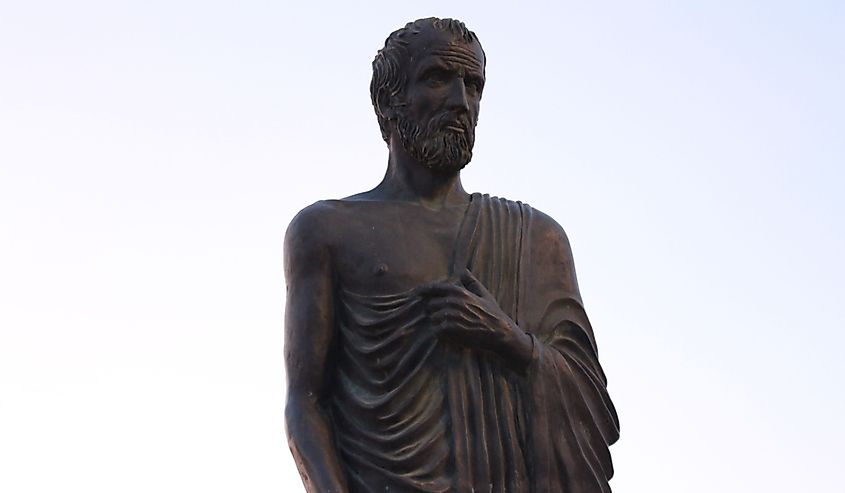
Early Stoa has beginnings in ancient Greece, the birthplace of many philosophies. Zeno of Citium laid the foundations for stoicism and had an enormous influence over the philosophy. Stoicism rose out of a changing world, where the old ways of understanding were no longer useful. However, Stoicism still had influence from other philosophies. For example, while the stoics stressed the power of reason and thought, this was an idea from the monist Parmenides of Elea.
Zeno created early stoa out of opposition to the popular school of Epicureanism. Epicurus founded Epicureanism. He believed people have an accidental nature, driven by pain and pleasure. Zeno developed early stoa from ideas of Cynicism, which prioritized virtue and simplicity.
Early Stoa: The First Teachings
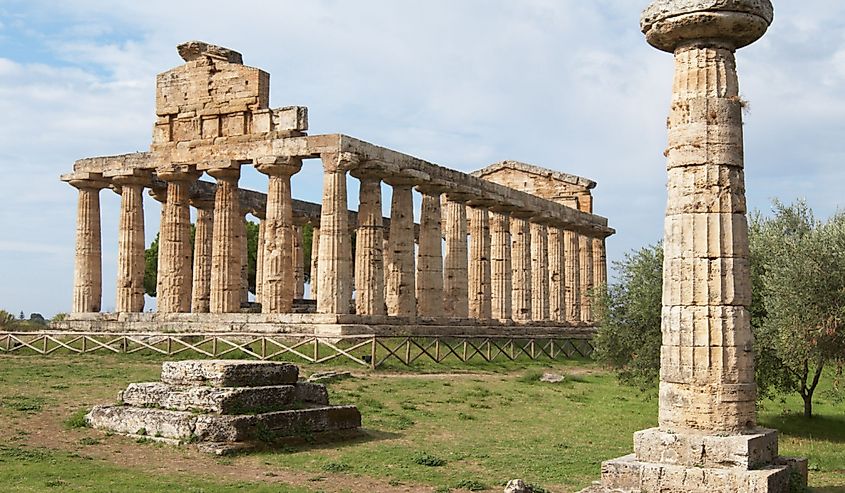
The first teachings of early stoa were publicly accessible and given under the covered colonnade. In his teachings, Zeno maintained a distinction of stoic philosophy in three areas, logic, physics, and ethics. Today the focus of stoicism is on ethics, and physics and logic are both taught separately. However, Zeno argued logic and physics must always support ethics.
Zeno's student Cleanthes, succeeded Zeno as a scholarly leader. The third scholarly leader from the early Stoa period was Chrysippus of Soli. He was most remembered for developing a system of propositional logic.
Mid Stoa
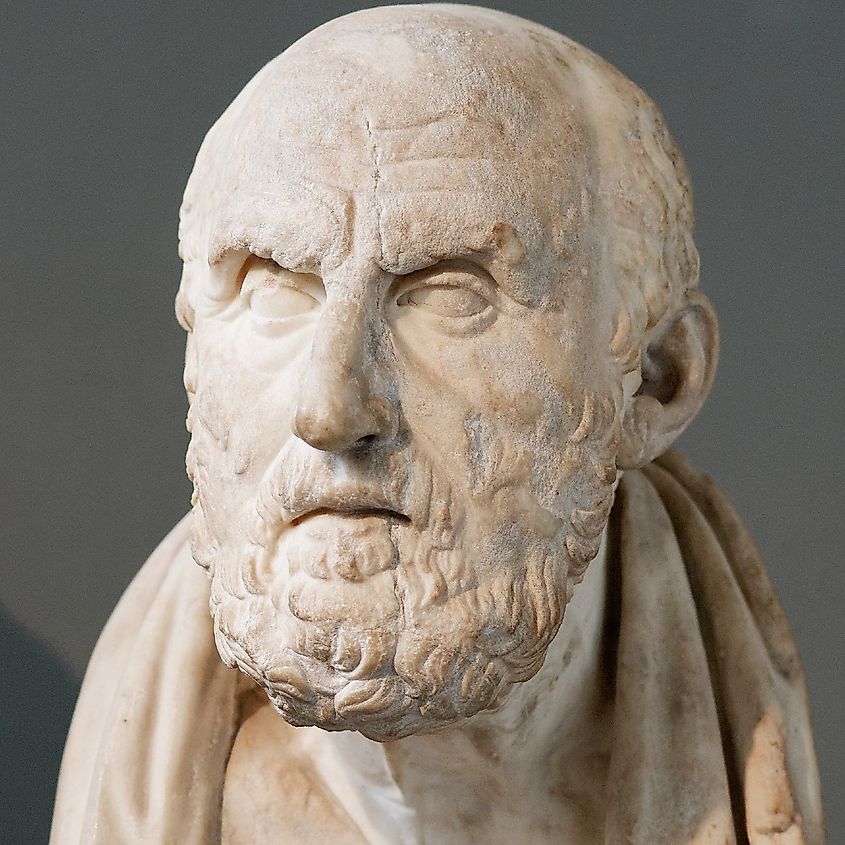
While Early Stoa had roots in Greece, Mid Stoa saw stoicism shift from Athens to Rhodes and Rome. The mid-Stoa period had two prominent philosophers: Panaetius and his student Posidonius. Panaetius organized a stoic school in Rome. He was more flexible in his beliefs than earlier stoics. For example, he simplified the stoic ideas about physics. Panaetius was also less interested than previous stoics about logic.
Posidonius emphasized the religious aspect of stoicism. Both Panaetius and Posidonius created their views in opposition to Chrysippus. They believed Chrysippus focused too much on logic and strayed too far from the Platonic and Aristotelian roots of stoicism. Other dominant stoics in the Mid Stoa from Rome, included Cicero and Cato. Cato was most known for his ethical views. His uncompromising moral integrity became a symbol of stoicism.
Late Stoa
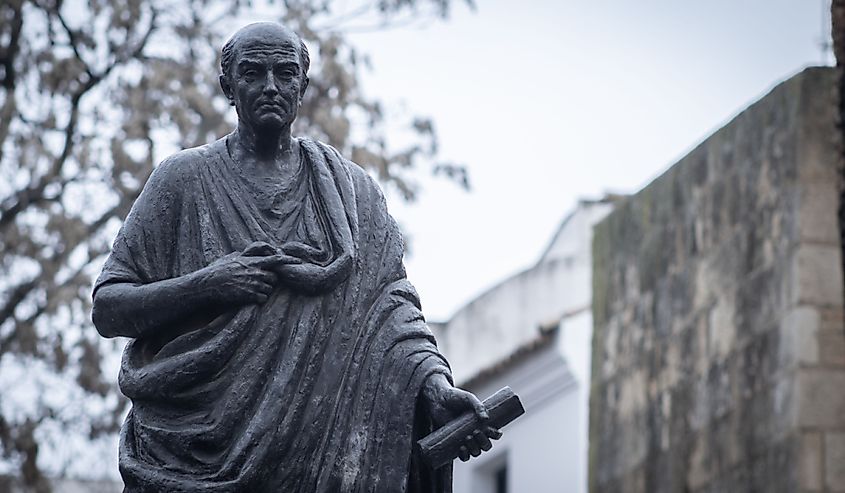
The late Stoa continued the mid-Stoa's focus on ethics. The late Stoa period was during the Roman imperial period when logic and physics were no longer studied as much. The late Stoa is the most well-known period of Stoicism. This is because it is the only period where the full original writings have survived.
A well-known philosopher from the late Stoa period was Seneca. In his writings, he uses specific day-to-day events to discuss moral issues. One of his popular works is his collection of letters to Lucilius. Epictetus is another stoic from this period. His handbook titled Discourses and the Enchiridion is well known. The book is an introduction to stoicism. In his book, Epictetus describes philosophy as a way of life and not simply a theoretical discipline. Born as a slave, Epictetus also lived by the idea that we should accept whatever happens calmly and dispassionately.
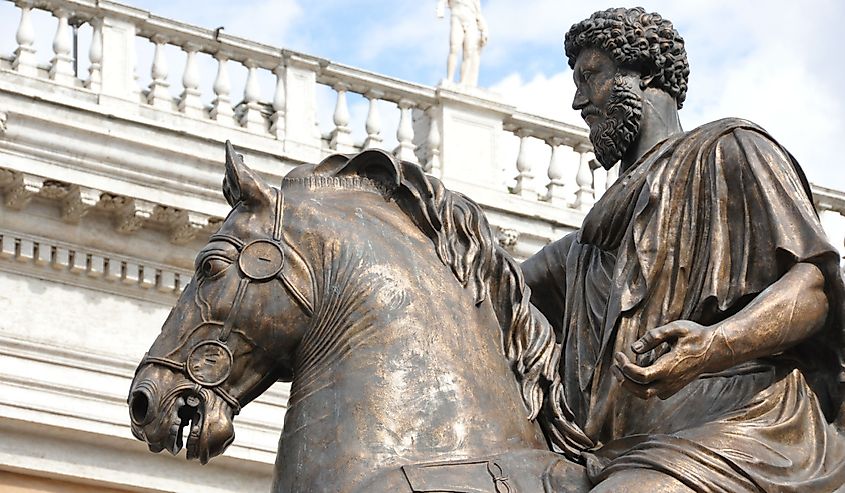
The Roman emperor Marcus Aurelius is arguably one of the most famous stoics. Aurelius' prominent work Ta Eis Heauton, referred to as Meditations, is one of the most popular stoic books. The book is one of the most read and discussed books worldwide. Common themes in the book include self-discipline and world citizenship. Marcus Aurelius' philosophy and book are the last major contributions to the late Stoa period.
A Note on Sources
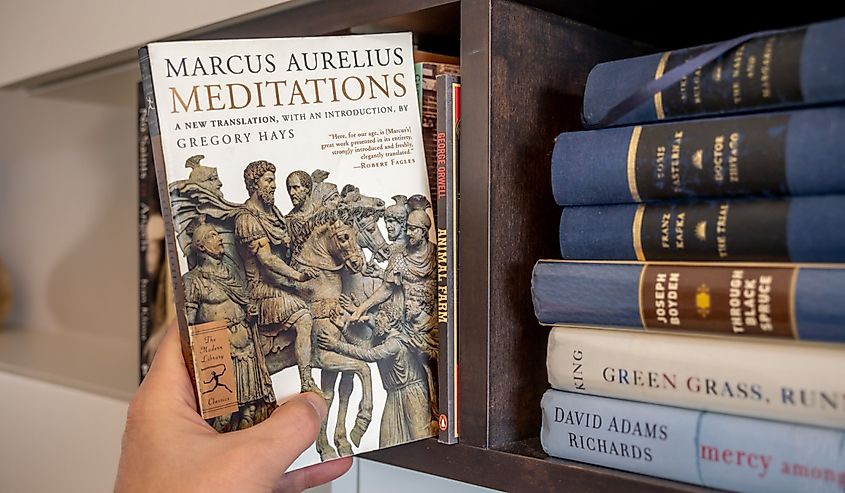
Most of the knowledge about stoicism is from books from the late Stoa period. There are not any completed works from the philosophers in the early Stoa period. There are only fragments of their works. For example, Chrysippus from the early Stoa period wrote over 150 works. Today only fragments of them remain which makes interpretations of the period difficult.
There are also no complete works from the Middle Stoa period. The only works that have survived intact are from the late Stoa period. These include works from Seneca, Epictetus, and Marcus Aurelius. While works from these philosophers are popular and important to the development of stoicism, when reading them it is important to keep in mind these alter stoics had philosophical agendas of their own. Their works do not necessarily reflect the beliefs and philosophies of the early and middle stoics. While the surviving works allow readers to piece together the development of stoicism, there is still contention in some areas about what happened.
Conclusion
From Zeno to Marcus Aurelius the stoic philosophy has changed and developed with the world around it. The philosophy inspired everyone, from slaves to emperors to athletes and scholars. Today the philosophy lives on in the books from the late Stoa period. These books provide a well-developed account of stoicism and continue to inspire people today. Learning about stoicism provides opportunities to reflect on life and morality.











